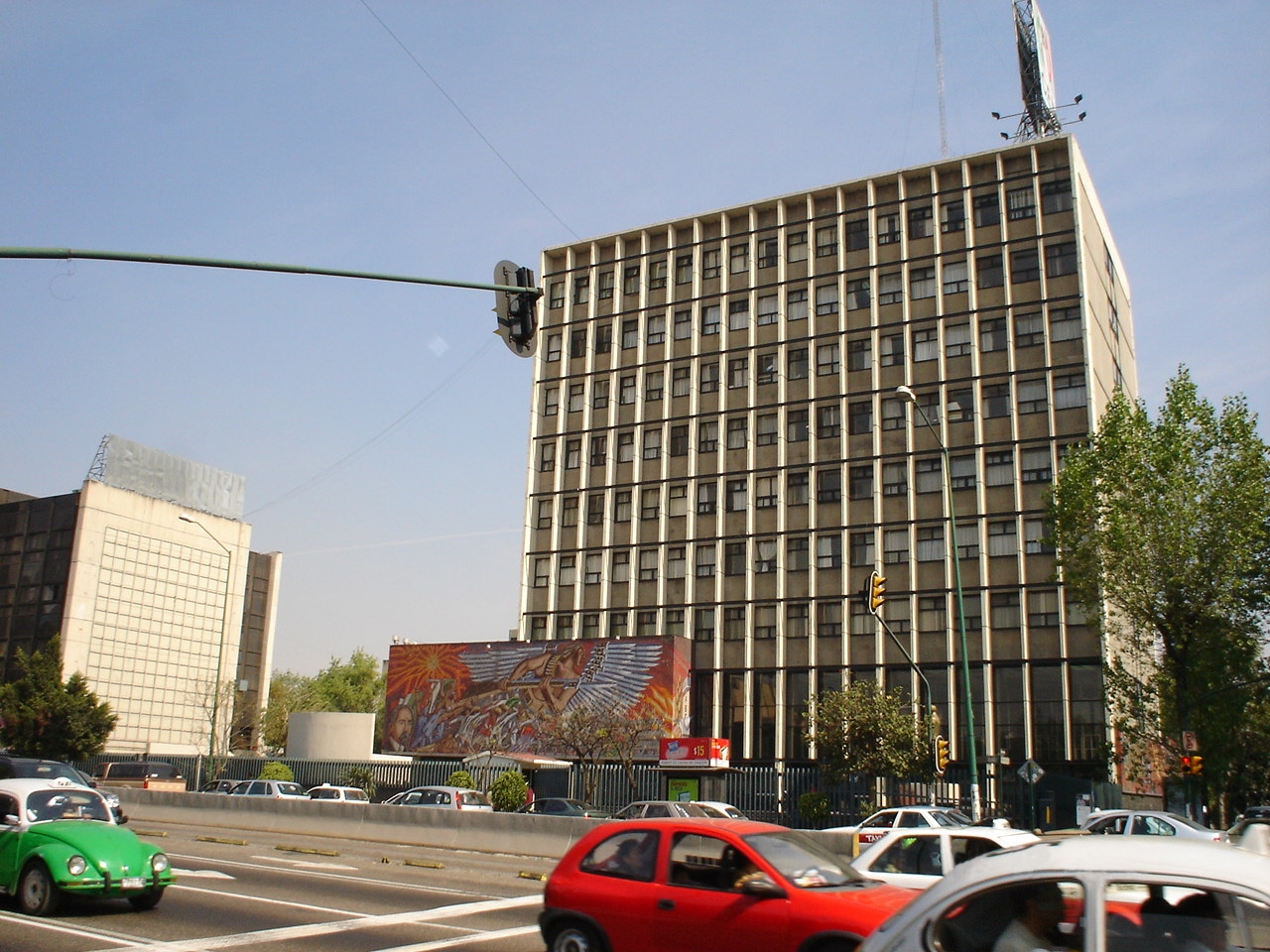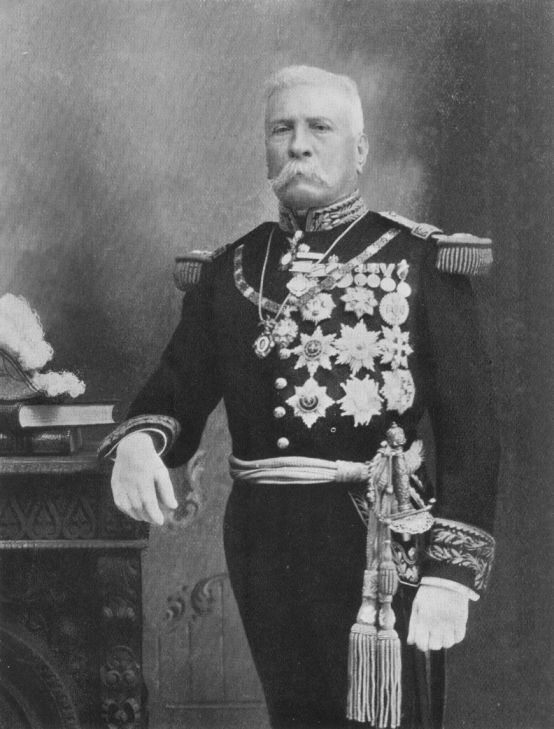|
Santa María Del Río, San Luis Potosí
Santa Maria del Rio is one of the 58 municipalities that make up the Mexican state of San Luis Potosí. The municipality is located in the southern part of the state, approximately 48 kilometers east of the city of San Luis Potosí. Santa Maria del Rio has a land area of 1,655 square kilometers, with 37,290 inhabitants. , 12,000 were living in the town of Santa Maria del Rio. The area is famous for its ''rebozos'', being the cradle of the blue and white ''rebozo de bolita.'' The Rebozo Caramelo is woven there. Geography Santa Maria del Rio is located in the center of the southern part of the San Luis Potosí, at an average altitude of 1,710 meters above sea level. The municipality is bordered on the north by the municipalities of Zaragoza, San Nicolás Tolentino and Ciudad Fernández, to the east is San Luis Potosí, to the south is Tierra Nueva and to the west is Villa de Reyes. Santa Maria del Rio lies on the Mexican Mesa del Centro on the western edge of the Sierra Madre Or ... [...More Info...] [...Related Items...] OR: [Wikipedia] [Google] [Baidu] |
Municipalities Of Mexico
Municipalities ('' municipios'' in Spanish) are the second-level administrative divisions of Mexico, where the first-level administrative division is the ''state'' (Spanish: estado). They should not be confused with cities or towns that may share the same name as they are distinct entities and do not share geographical boundaries. As of January 2021, there are 2,454 municipalities in Mexico, excluding the 16 boroughs of Mexico City. Since the 2015 Intercensal Survey, two municipalities have been created in Campeche, three in Chiapas, three in Morelos, one in Quintana Roo and one in Baja California. The internal political organization and their responsibilities are outlined in the 115th article of the 1917 Constitution and detailed in the constitutions of the states to which they belong. are distinct from , a form of Mexican locality, and are divided into '' colonias'' (neighborhoods); some municipalities can be as large as full states, while cities can be measured in b ... [...More Info...] [...Related Items...] OR: [Wikipedia] [Google] [Baidu] |
Mercury (element)
Mercury is a chemical element with the symbol Hg and atomic number 80. It is also known as quicksilver and was formerly named hydrargyrum ( ) from the Greek words, ''hydor'' (water) and ''argyros'' (silver). A heavy, silvery d-block element, mercury is the only metallic element that is known to be liquid at standard temperature and pressure; the only other element that is liquid under these conditions is the halogen bromine, though metals such as caesium, gallium, and rubidium melt just above room temperature. Mercury occurs in deposits throughout the world mostly as cinnabar ( mercuric sulfide). The red pigment vermilion is obtained by grinding natural cinnabar or synthetic mercuric sulfide. Mercury is used in thermometers, barometers, manometers, sphygmomanometers, float valves, mercury switches, mercury relays, fluorescent lamps and other devices, though concerns about the element's toxicity have led to mercury thermometers and sphygmomanometers being largely p ... [...More Info...] [...Related Items...] OR: [Wikipedia] [Google] [Baidu] |
Institutional Revolutionary Party
The Institutional Revolutionary Party ( es, Partido Revolucionario Institucional, ; abbr. PRI) is a political party in Mexico that was founded in 1929 and held uninterrupted power in the country for 71 years, from 1929 to 2000, first as the National Revolutionary Party ( es, Partido Nacional Revolucionario, PNR), then as the Party of the Mexican Revolution ( es, Partido de la Revolución Mexicana, PRM) and finally as the PRI beginning in 1946. The PNR was founded in 1929 by Plutarco Elías Calles, Mexico's paramount leader at the time and self-proclaimed (Supreme Chief) of the Mexican Revolution. The party was created with the intent of providing a political space in which all the surviving leaders and combatants of the Mexican Revolution could participate and to solve the severe political crisis caused by the assassination of President-elect Álvaro Obregón in 1928. Although Calles himself fell into political disgrace and was exiled in 1936, the party continued ruling Mexico ... [...More Info...] [...Related Items...] OR: [Wikipedia] [Google] [Baidu] |
Governor Of San Luis Potosí
The governor of San Luis Potosí exercises the role of the executive branch of government in the Mexican state of San Luis Potosí, per the Political Constitution of the Free and Sovereign State of San Luis Potosí. The official title is Gobernador Constitucional del Estado Libre y Soberano de San Luis Potosí (Governor of the Free and Sovereign State of San Luis Potosí). The governor is democratically elected for a term of six years, and cannot be re-elected. The term begins of September 26 in the year of the election and terminates on September 25, six years later. The state of San Luis Potosí was established in 1824 as one of the original states of the Mexican federation, and has thus survived all the varying historic systems of the Mexican government. At a certain point in history, San Luis Potosí was a "Department", and as such, the title of the executive varied as well. List of governors Gobernadores Constitucionales (Constitutional Governors) * Carlos Díez Gutié ... [...More Info...] [...Related Items...] OR: [Wikipedia] [Google] [Baidu] |
Constitutional Army
The Constitutional Army ( es, Ejército constitucionalista; also known as the Constitutionalist Army) was the army that fought against the Federal Army, and later, against the Villistas and Zapatistas during the Mexican Revolution. It was formed in March 1913 by Venustiano Carranza, so-called "First-Chief" of the army, as a response to the murder of President Francisco I. Madero and Vice President José María Pino Suárez by Victoriano Huerta during ''La Decena Trágica'' (Ten Tragic Days) of 1913, and the resulting usurpation of presidential power by Huerta. Carranza had a few military forces on which he could rely for loyalty. He had the theoretical support of Pancho Villa and Emiliano Zapata, but they soon turned against the Constitutionalists after Huerta's defeat in 1914. In July 1913, Carranza divided the country into seven areas for military operations. Each area was, at least in theory, the responsibility of a general commanding an Army corps. These corps were: Nort ... [...More Info...] [...Related Items...] OR: [Wikipedia] [Google] [Baidu] |
Huerta's Federal Army
The Mexican Federal Army ( es, Ejército Federal), also known as the Federales in popular culture, was the military of Mexico from 1876 to 1914 during the Porfiriato, the long rule of President Porfirio Díaz, and during the presidencies of Francisco I. Madero and Victoriano Huerta. Under President Díaz, a military hero against the French Intervention in Mexico, the Federal Army was composed of senior officers who had served in long ago conflicts. At the time of the outbreak of the Mexican Revolution most were old men and incapable of leading men on the battlefield. When the rebellions broke out against Díaz following fraudulent elections of 1910, the Federal Army was incapable of responding. Although revolutionary fighters helped bring Francisco I. Madero to power, Madero retained the Federal Army rather than the revolutionaries. Madero used the Federal Army to suppress rebellions against his government by Pascual Orozco and Emiliano Zapata. Madero placed General Victoriano Huer ... [...More Info...] [...Related Items...] OR: [Wikipedia] [Google] [Baidu] |
Tomás Mejía
{{disambiguation ...
Tomás may refer to: * Tomás (given name) * Tomás (surname) Tomás is a Spanish and Portuguese surname, equivalent of '' Thomas''. It may refer to: * Antonio Tomás (born 1985), professional Spanish footballer * Belarmino Tomás Belarmino Tomás Álvarez (29 April 1892 – 14 September 1950) was a ... [...More Info...] [...Related Items...] OR: [Wikipedia] [Google] [Baidu] |
Second French Intervention In Mexico
The Second French Intervention in Mexico ( es, Segunda intervención francesa en México), also known as the Second Franco-Mexican War (1861–1867), was an invasion of Mexico, launched in late 1862 by the Second French Empire, which hoped to replace the Mexican Republic with a monarchy favorable to French interests. After the administration of Mexican President Benito Juárez placed a moratorium on foreign debt payments in 1861, France, the United Kingdom, and Spain agreed to the Convention of London, a joint effort to ensure that debt repayments from Mexico would be forthcoming. On 8 December 1861, the three navies disembarked their troops at the port city of Veracruz, on the Gulf of Mexico. However, when the British discovered that France had an ulterior motive and unilaterally planned to seize Mexico, the United Kingdom separately negotiated an agreement with Mexico to settle the debt issues and withdrew from the country; Spain subsequently left as well. The resulting Fr ... [...More Info...] [...Related Items...] OR: [Wikipedia] [Google] [Baidu] |



